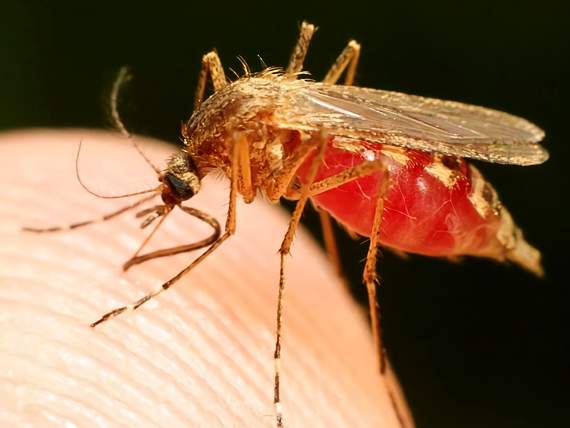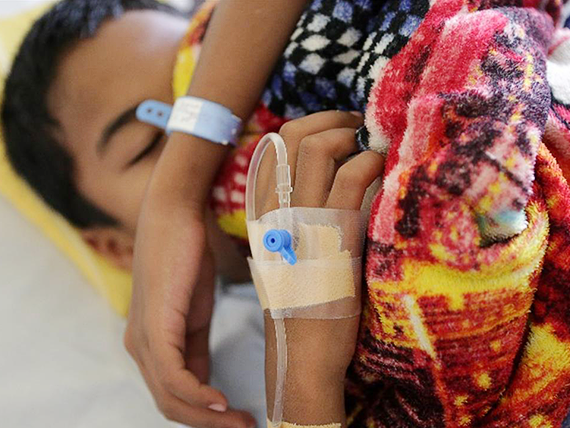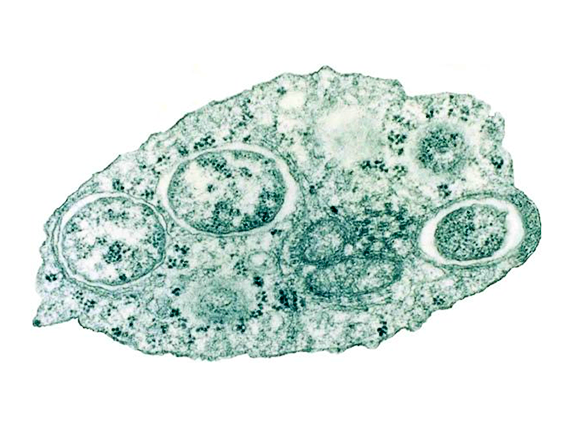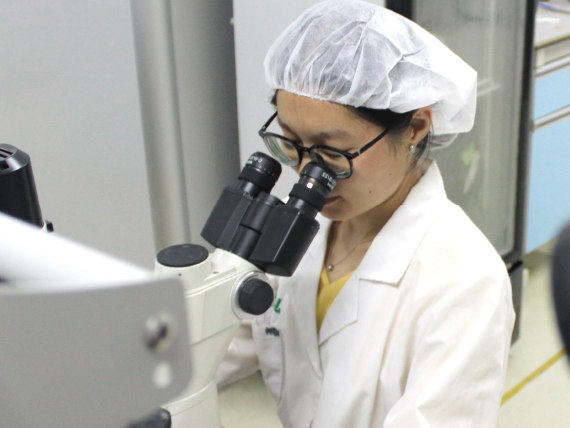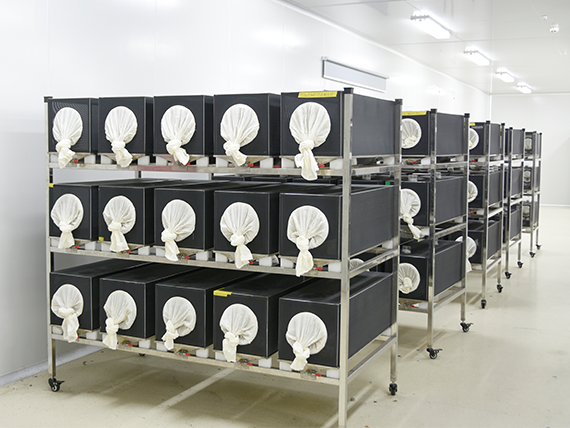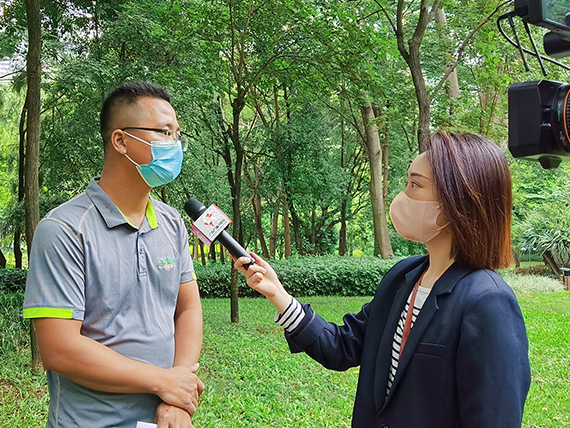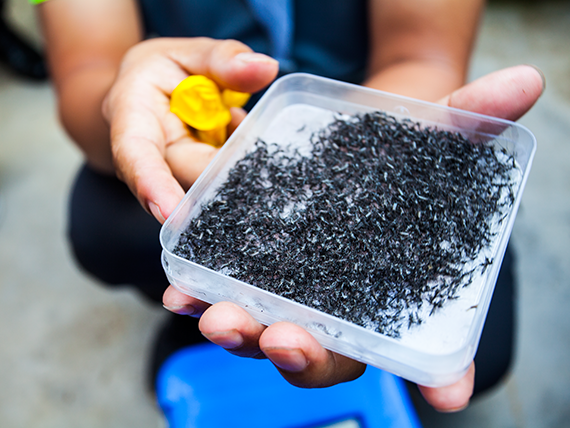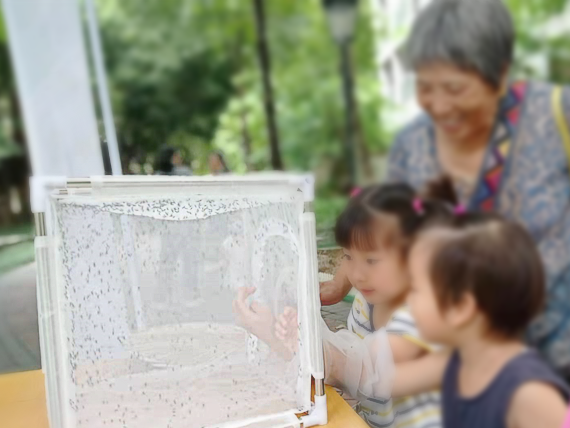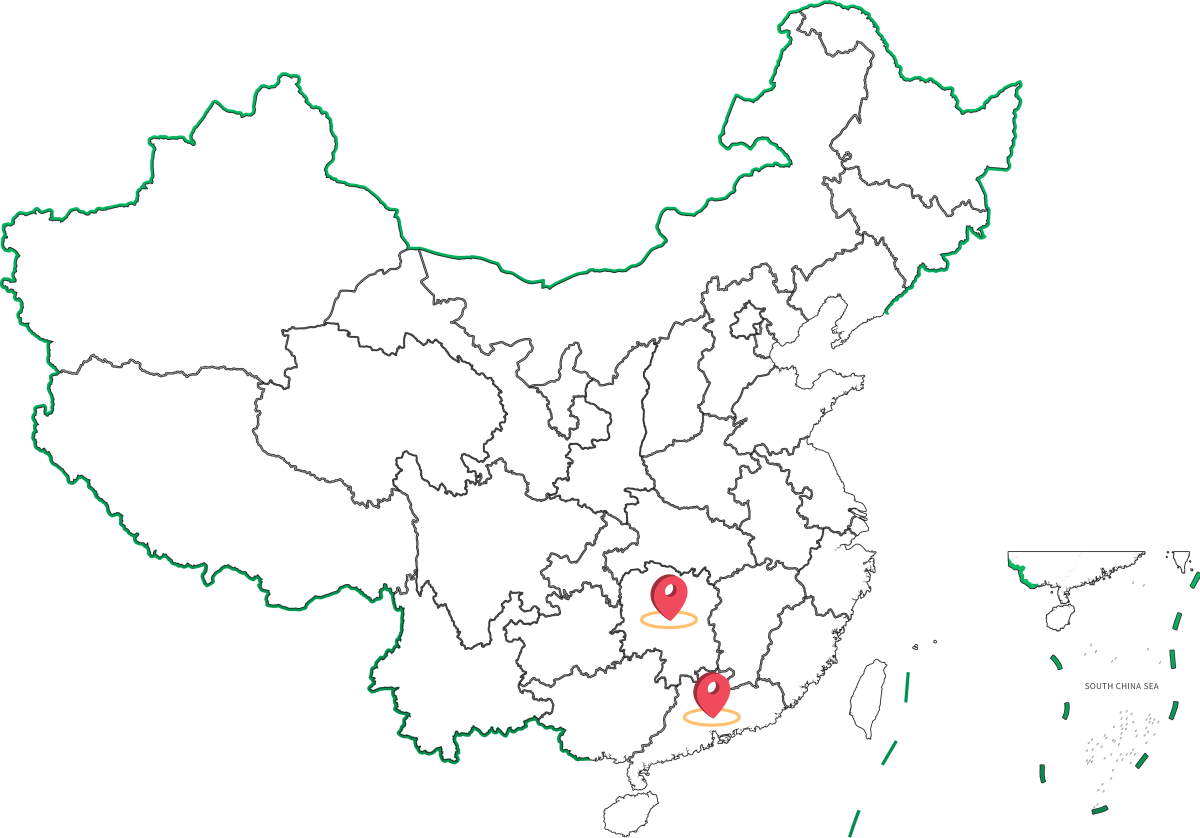According to the World Health Organization, vector-borne diseases account for more than 17% of all infectious diseases, causing more than 700,000 deaths annually. Most of the deaths are caused by mosquito-transmitted pathogens, including parasites and arboviruses, which cause diseases such as malaria, filariasis, dengue, Zika, Yellow Fever, West Nile and Japanese Encephalitis. Mosquitoes acquire the virus by taking blood from infected people. When they bite again, they can transmit the virus to the next person, through which mosquito borne diseases spread. Thus:
- Mosquitoes don't naturally carry the virus, they can only get it from infected people.
- Since only female mosquitoes bite, only female mosquitoes can spread the virus.








 Location:
Location: